Bellybuttons in Outer Space On Planets, Dwarf Planets, Moons and Asteroids
Authors: DT Smith, SB DiPietro
DiPietro Hypothesis
The “Bellybuttons” on planetary spheres are all different. These anomalies are called Bellybuttons, in Italian, Ombelico, because they are a scar where there was an Umbilical attached and pulled away. Depending on the size, makeup, density, size of core, and several other factors all Bellybuttons and Birthmarks heal differently. “Birthmarks” are an obvious discoloration or configurations on the face of a moon, in Italian it is Voglia. All planets, dwarf planets, moons and most asteroids have identifiable Bellybuttons or Birthmarks which are all different. These Bellybuttons or Birthmarks, which some are very identifiable and others not so easy. For example, the moon Enceladus of Saturn, has water spouts that shoot out of the weakness of its Bellybutton. Lapetus a moon of Saturn has a very obvious Bellybutton. Tethys moon of Saturn has a very identifiable Bellybutton called Odysseus Crater. Large basins and “craters” are miss identified by scientist. Our Moon’s Bellybutton is the South Pole Aitken Basin which is identified as an impact crater, which it is not. The Herschel Crater on Mimas is miss identified, also as a impact crater and there are many more. A good example is the Caloris Basin on Mercury, which is a Bellybutton scar and not an impact crater.
On some moons and planets, the Bellybuttons are obvious from the Umbilical departing from the sphere creating a round detachment creating the scar, a Bellybutton.
When the Umbilical detaches it contracts and contorts and freezes in the process creating moons, diamond, potato and peanut shaped assortment of contorted asteroids. Some moons and asteroids have two Bellybuttons from the detachment of the Umbilical from two sides and some on just one side.
The Birthmark is where a moon heals itself after departing from the Umbilical, usually with a moon that isn’t dense with more water and ice. Sometimes it shows up as a discoloration or a smooth or complicated distortion of the surface of a moon. Like the discoloration on the Ganymede and Io.
A lot of these Bellybuttons have been miss identified as impact craters or basins. These scientist and astronomers are wrong!
Earth the third planet from the Sun.
The Earth’s Bellybutton was made from the rich floating star slag, star waste and stardust from the meltdown of our early Cold Star our Sun. Hyperion, is the name we gave the early Sun, a Greek God “he who goes before”, father of the Sun. As the Earth was the first that “dripped” from the bulging equator of Hyperion, it was head first with a glob of molten planet, star slag, stardust and ice slush. The landmass came last as it was floating on the surface of this molten sphere. As physics will apply to a departing sphere with Umbilical attached. The lighter floating debris was pushed back and ended up gathering and became the near circular “donut shaped” Bellybutton landmass on Earth, which was the star slag, star waste and stardust of Hyperion. Earth was the first planet to leave Hyperion with landmass and ice water.
That is a brief description and a few of the Bellybuttons in our Solar System. Please keep your eyes open for more identifiable Bellybuttons. See list of Bellybuttons and Birthmarks in The Creation of Our Solar System and Life on Earth.
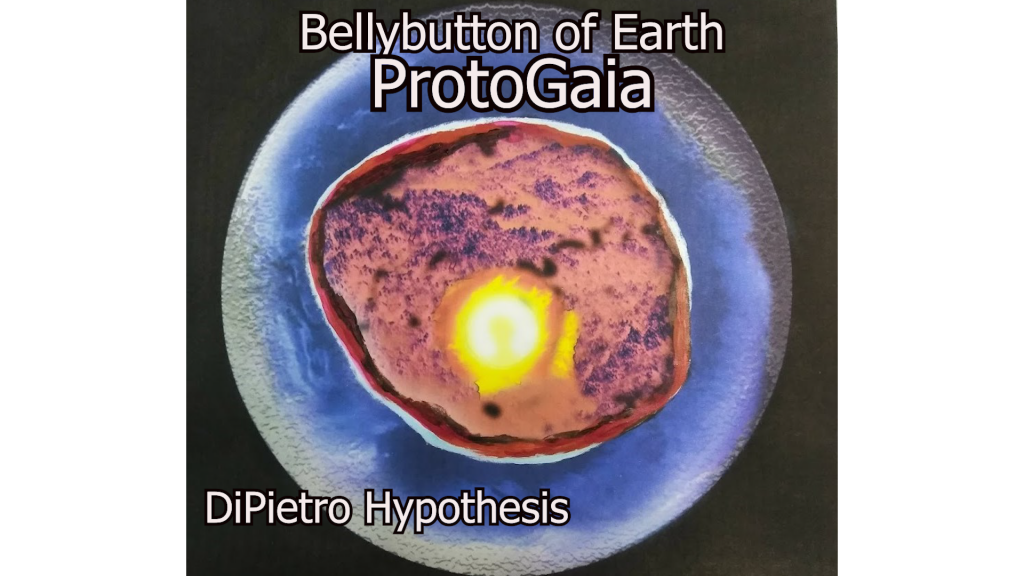
Authors: DT Smith, SB DiPietro
DiPietro Hypothesis copyright March 8, 2024
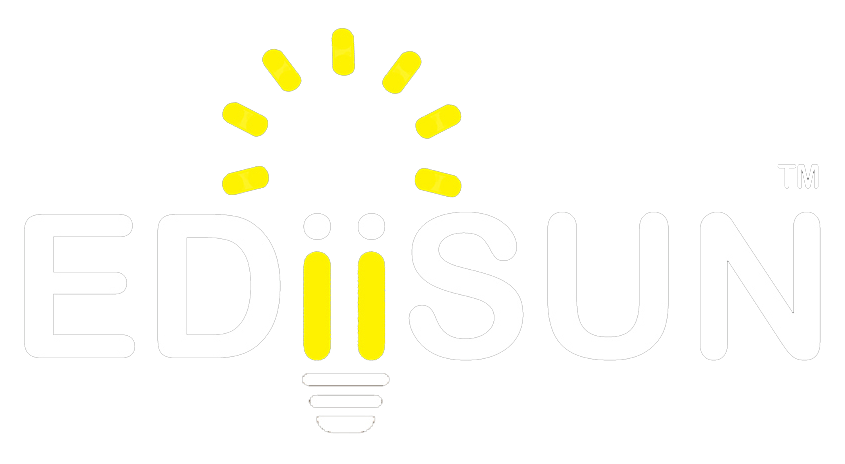
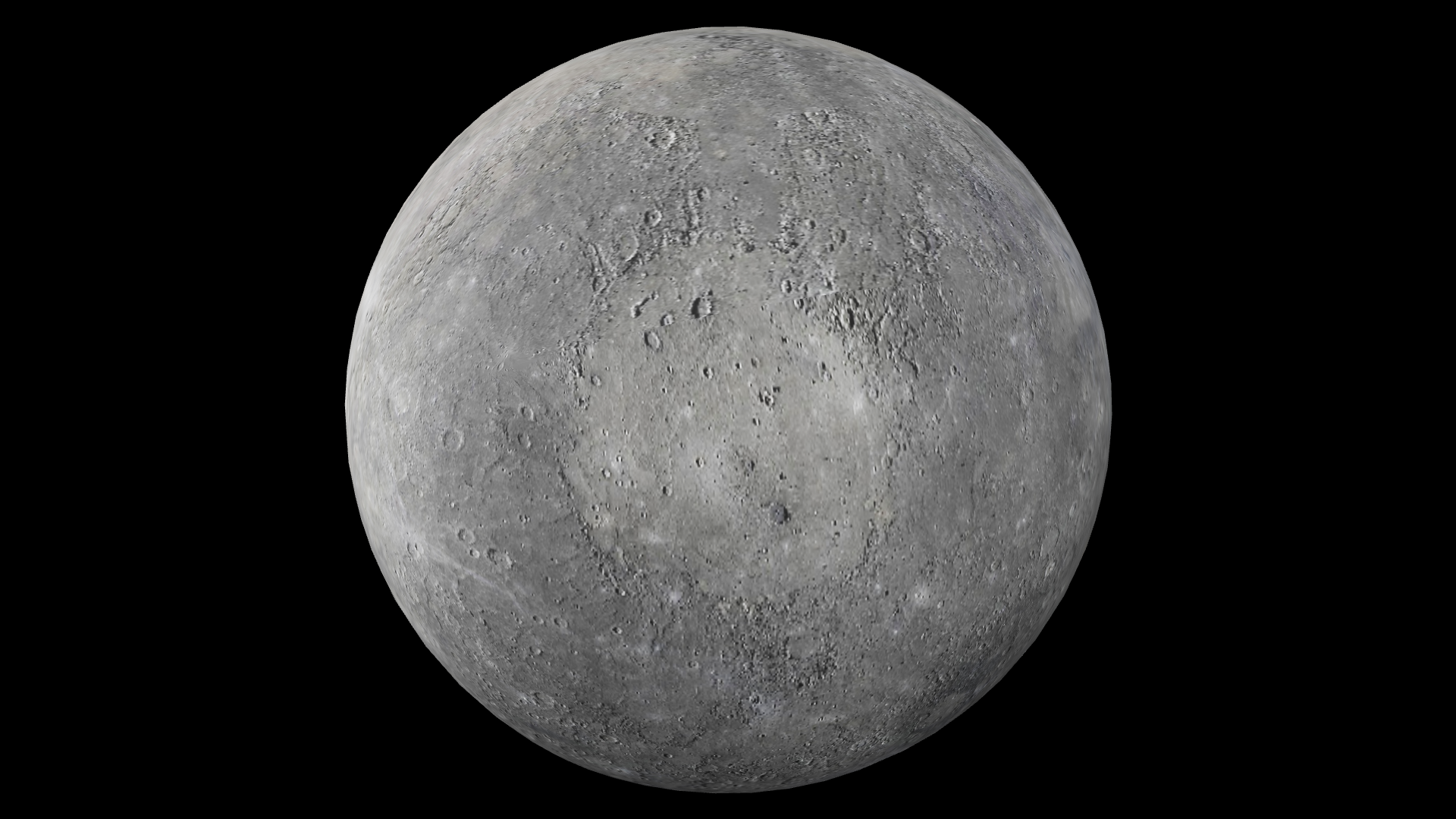
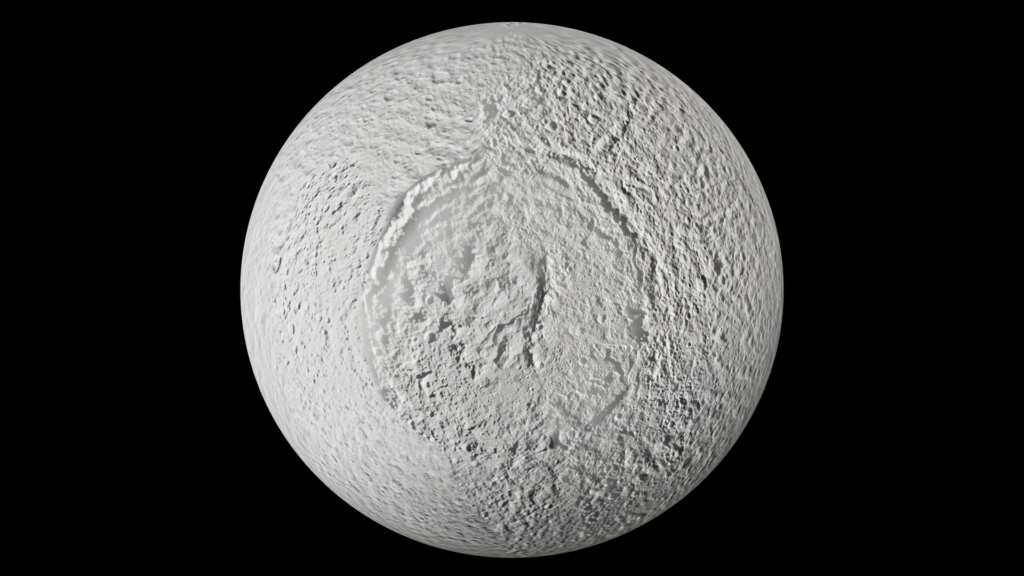
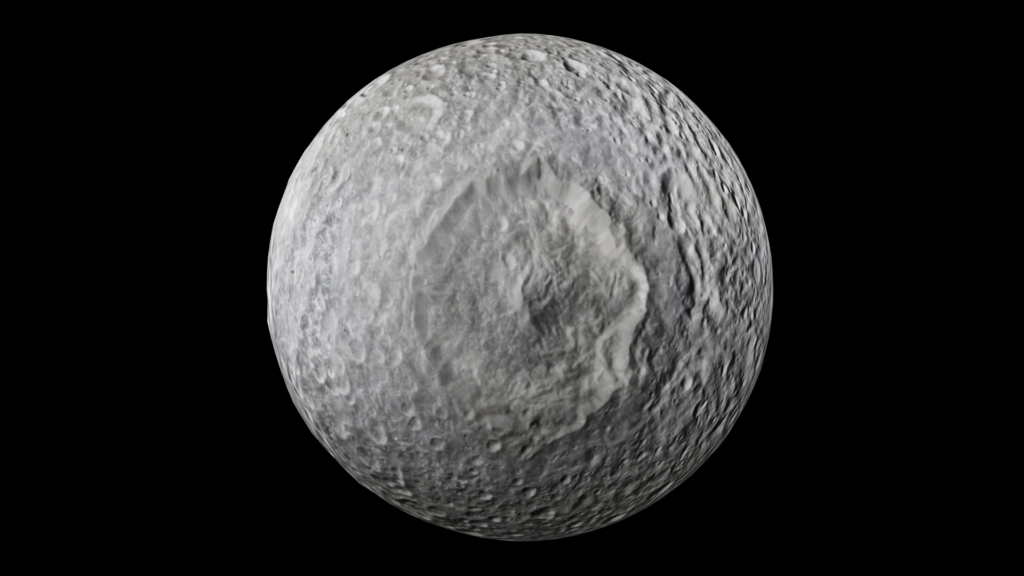
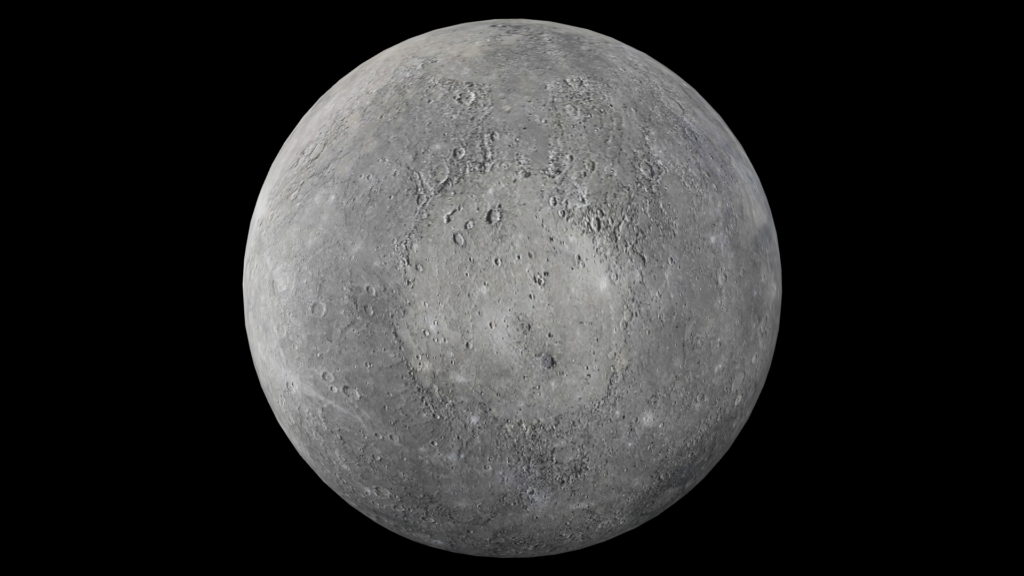
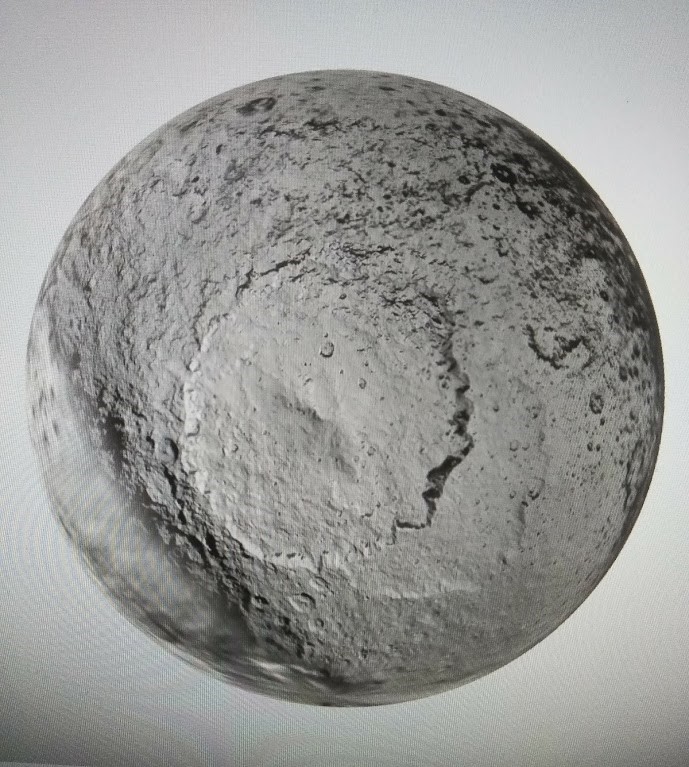
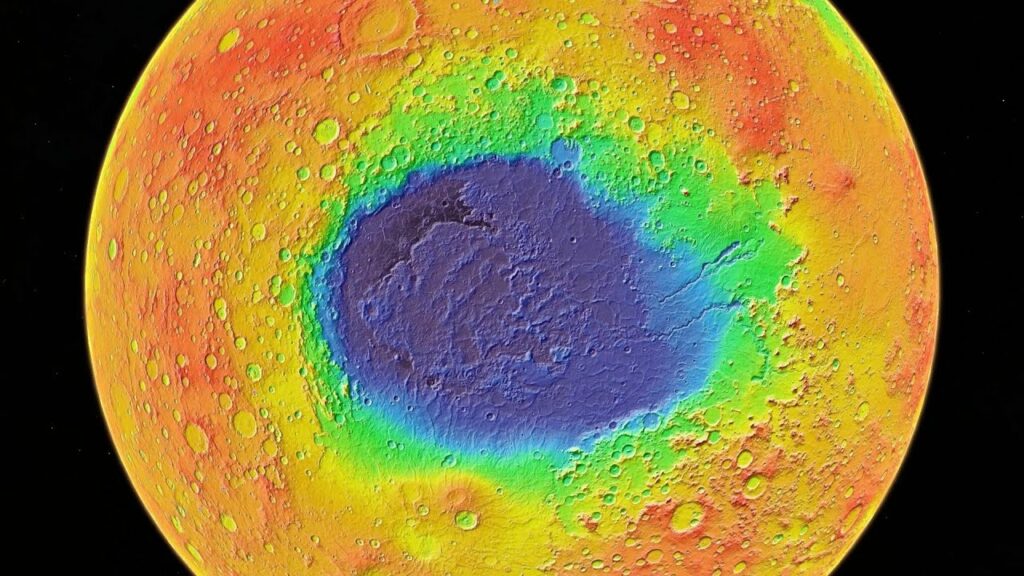
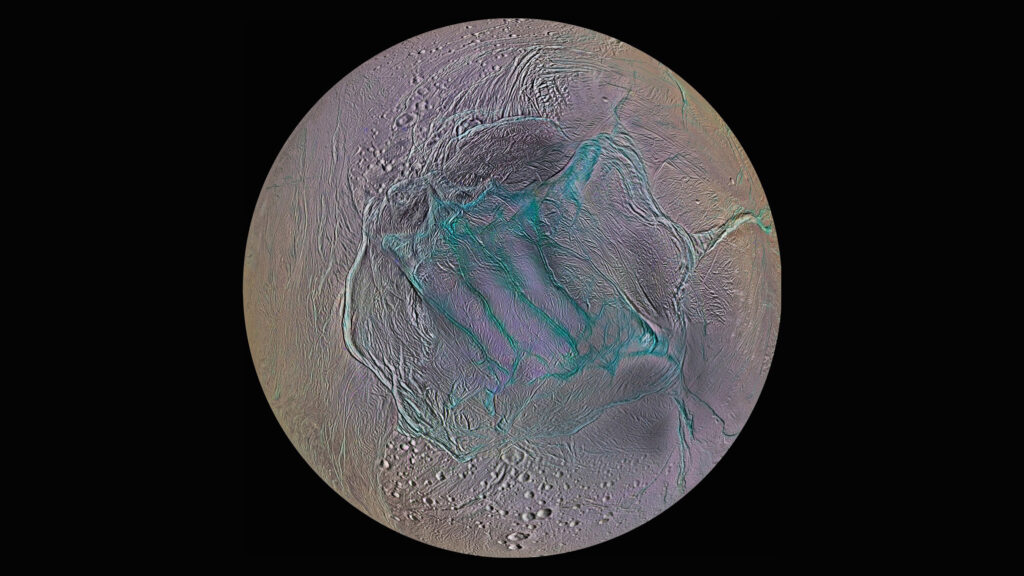
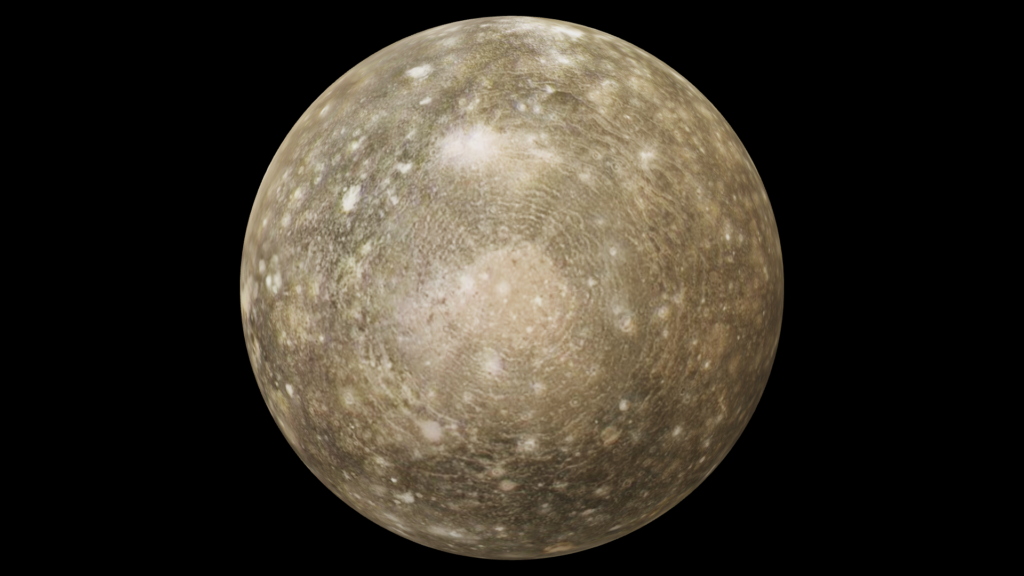
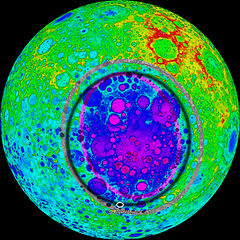
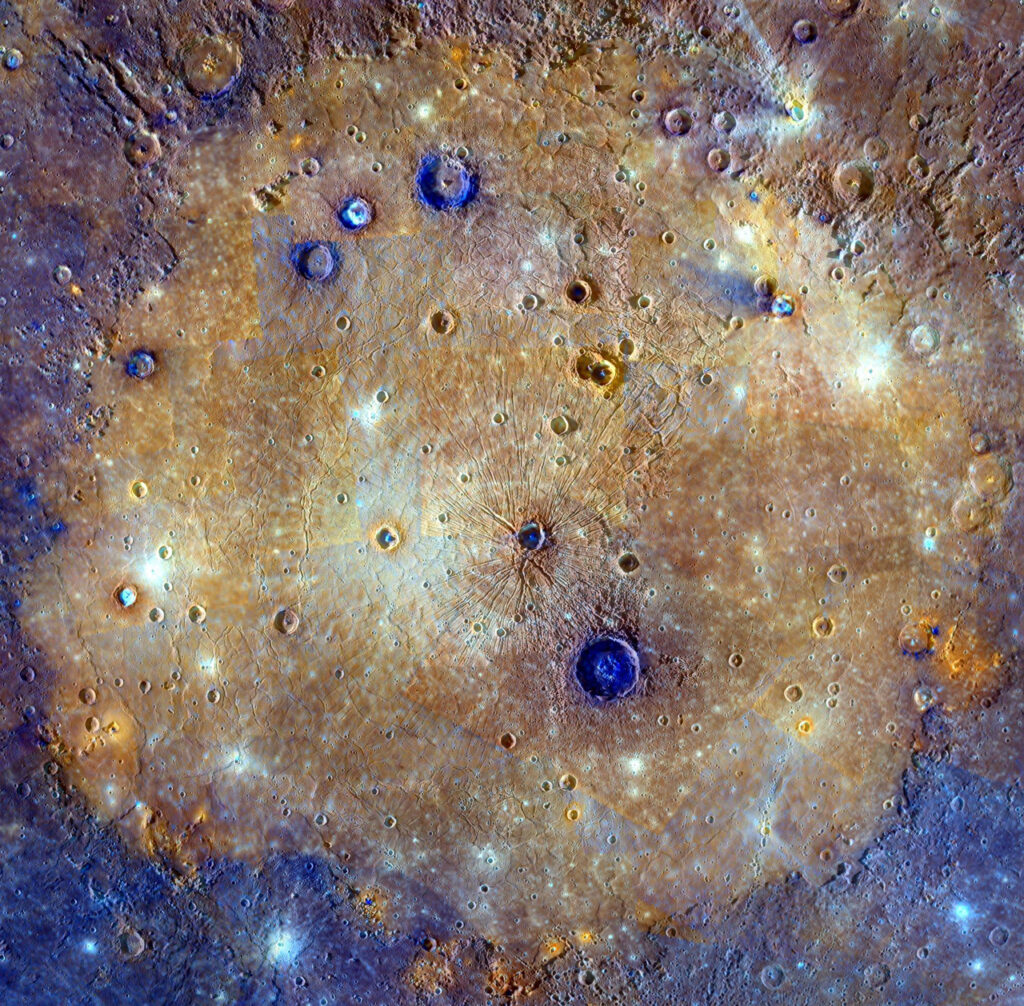
I like those outerspace bellybuttons.